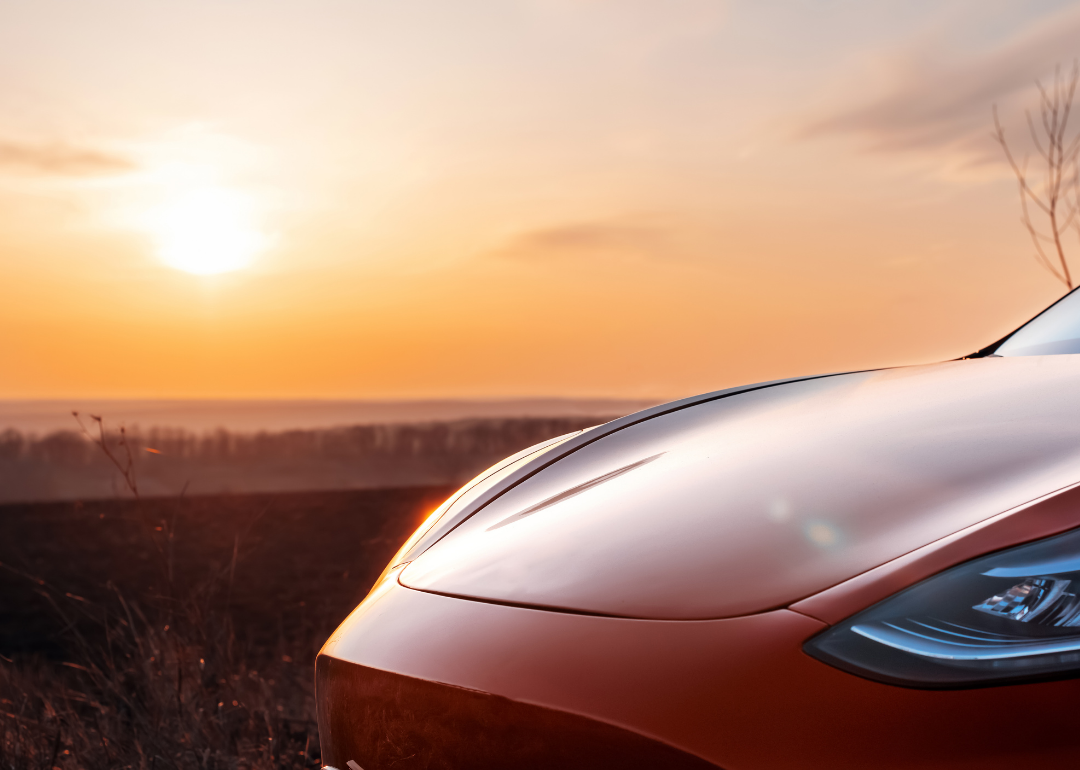
These are the top 10 electric car manufacturers in the US
These are the top 10 electric car manufacturers in the US
Electric vehicle sales hit a record high in 2022, and with more models hitting the market every year, the trend is likely to continue. Nearly every major automaker offers an EV, while others only sell electric vehicles. But with this many manufacturers to choose from, shoppers might wonder, "What are the top electric car companies I should consider?"
The experts at Edmunds have gathered and ranked the top 10 electric car companies, listing the more notable models, highlighting some of their features, and discussing any important partnerships they might have. The list was ranked using the following variables: the popularity of the brand in the market, sales numbers, the number of EV models, and our expert vehicle rankings.
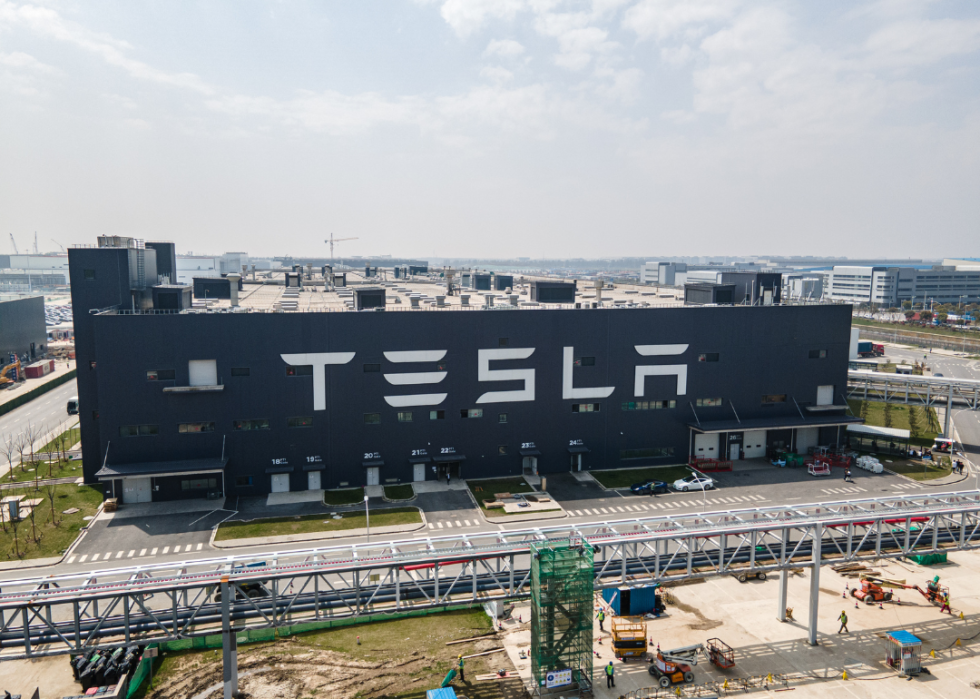
1. Tesla Motors
Tesla Motors was responsible for breaking the EV market open for widespread adoption, and it's currently the most popular electric car maker by a healthy margin. While the Tesla Roadster was the first to arrive, it was the more practical Model S sedan that took the automaker to the next level. It established many Tesla hallmarks, from the large infotainment tablet to long battery range to seat-pinning acceleration.
Next came the Tesla Model X — Tesla's first SUV and still one of the only EVs with seating for up to seven passengers. The signature falcon-wing rear doors looked cool but ended up being problematic, as they would sometimes open at odd angles and prevented owners from mounting objects on the roof. Still, the Model X is one of the top-selling Tesla models to date.
The Model 3 sedan was Tesla's attempt at making an inexpensive electric car for the masses. It was the first Tesla to adopt the company's spartan interior philosophy: Use as few buttons as possible and allow the central touchscreen to handle most controls. That screen features a vertical layout, as opposed to the horizontal screens on the S and X. Initially, the Model 3 was advertised with a starting price of $35,000. The first versions, though, not only cost roughly $20,000 more, but the Standard Range Model 3 ended up becoming a rarity. Only a small number were ever produced and they were fairly difficult to order. These days, a Model 3 starts around $44,000 before federal tax credits. In late 2019, Tesla released a compact SUV called the Model Y. It was based on the Model 3 and looked nearly identical, except it had a hatch in the rear and added cargo space.
Tesla is also in the process of manufacturing and delivering the electric semi truck for commercial applications, while an all-new Roadster and the sci-fi-inspired Cybertruck are claimed to be coming in the future. The Cybertruck is the automaker's first attempt at an electric pickup; time will tell if its bold styling and features are more for looks or utility.
Tesla's Supercharger network is perhaps one of the company's biggest accomplishments. The Superchargers are a series of DC fast-charging stations that are easy to use, well-maintained, and widely available throughout the U.S., and they allow Tesla owners to take road trips around the country. The Supercharger network was initially exclusive to Tesla owners, but Tesla has since begun opening up the network to non-Tesla EVs. The charging process isn't as easy for non-Tesla owners, however, and it typically costs more for other EVs to use the network.
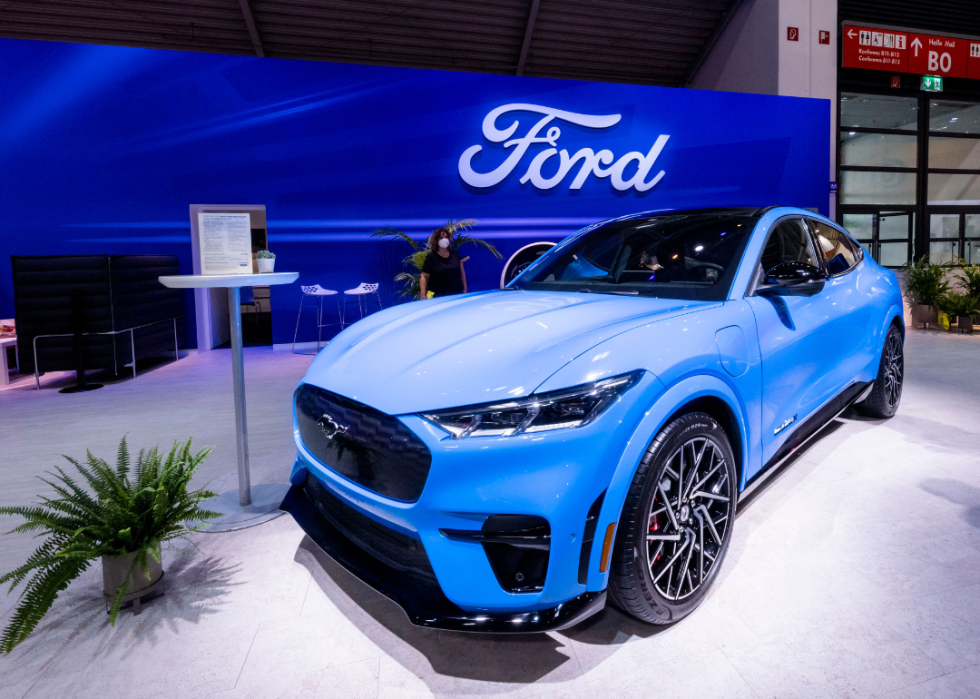
2. Ford Motor Company
Ford dipped its toes into the EV world with the Ford Focus Electric, but it had a short range — up to 115 miles in later model years. Ford made a bigger splash with the introduction of the Mustang Mach-E for the 2021 model year. The adoption of the Mustang name by an electric SUV initially riled up Mustang purists, but once the dust settled, the Mach-E proved to be a success and went on to win the Edmunds Top Rated Luxury EV award for 2021.
Ford followed up the excellent Mach-E with another home run, the F-150 Lightning. Taking a page out of the same playbook, the F-150 Lightning borrowed its name from the gas-powered performance F-150 SVT Lightning pickup of the late 1990s to early 2000s. The all-electric Lightning paired the utility and power of the F-150 truck with a quieter zero-emissions electric motor. It earned the Edmunds Top Rated Best of the Best award for 2023.
In 2020, Ford announced that it partnered with Volkswagen to collaborate on EVs for the European market. Ford's luxury arm, Lincoln, has not yet formally announced a production-bound electric vehicle.
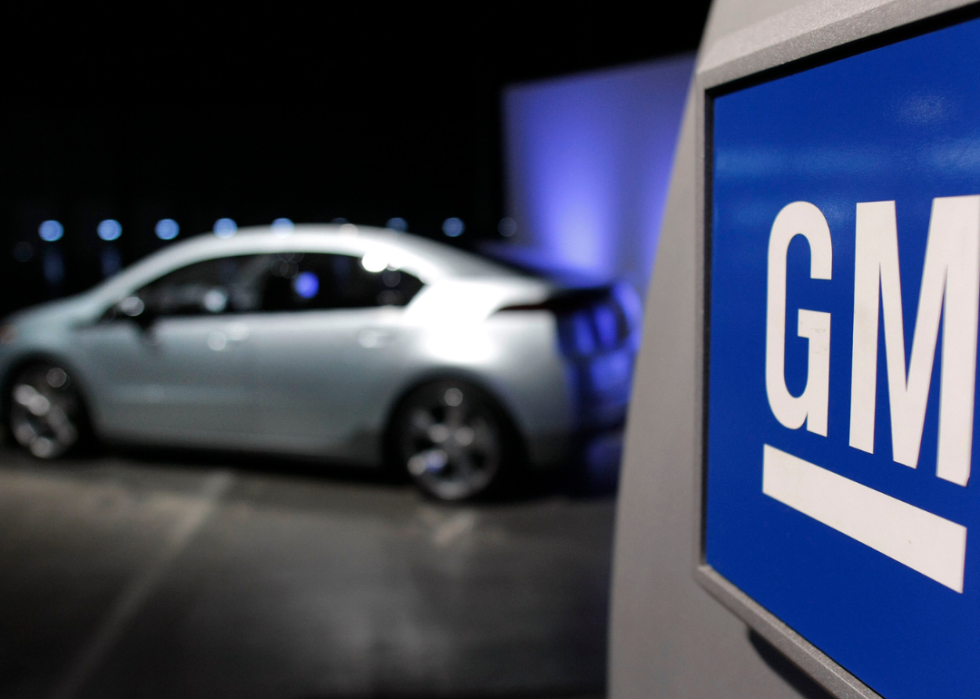
3. General Motors
General Motors got its start making modern EVs in the late 1990s with the infamous EV1. It was a small electric car that was perhaps ahead of its time given that neither the market nor the charging infrastructure existed. It was also too costly for GM to make a profit. Fast forward to 2017, when the automaker launched the Chevrolet Bolt EV. The Bolt's timing was much better — it came onto the market after the success of the low-cost Nissan Leaf and groundbreaking Tesla Model S, both of which proved consumers were coming around on electric vehicles. The Bolt EV offered over 200 miles of range, a useful cargo area and an affordable price tag. The initial starting price was advertised at $30,000 with the $7,500 federal tax credit factored in. It wasn't the coolest EV on the road, but it was a solid option for those who wanted a long-range EV.
Crucially, it beat the Tesla Model 3 to market by several months. The Bolt has been steadily updated over the years, and it has gained more range and a refreshed interior and exterior since its introduction. It even has an SUV spinoff called the Bolt EUV, which gives up a few miles of range in exchange for more room and more up-to-date tech features. Edmunds has recognized the Bolt's value and named it the Edmunds Top Rated Electric Car for 2023. Chevy has several other EVs on the horizon, including the compact Equinox EV and the midsize Blazer EV sport-utility vehicles, and the full-size Silverado EV pickup. These upcoming vehicles are built on GM's Ultium platform, which is a modular battery architecture that allows GM to create dedicated EVs of different sizes.
The GMC Hummer EV is positioned as a "halo car" that gets people excited about the possibilities of EVs. The Hummer EV pickup and its Hummer EV SUV variant are impressive showcases of GM's technology. Both offer serious off-road capability, a tech-heavy interior and extremely powerful electric motors. (The limited-run Hummer EV Edition 1 produced a stonking 1,000 horsepower.) But these supertrucks also suffer from traditional Hummer drawbacks, such as immense weight, substantial cost, and inefficient powertrains.
Cadillac, GM's luxury brand, has a pair of noteworthy EVs to keep an eye out for. The Cadillac Lyriq is the brand's first electric vehicle. It is classified as a small SUV, but its elongated proportions give it a wagon-like appearance. In the near future, Cadillac is looking to release a high-end electric sedan called the Celestiq. This built-to-order four-door will split the price between mainstream luxury EVs like the BMW i7 and Mercedes-Benz EQS and the seriously expensive Rolls-Royce Spectre.
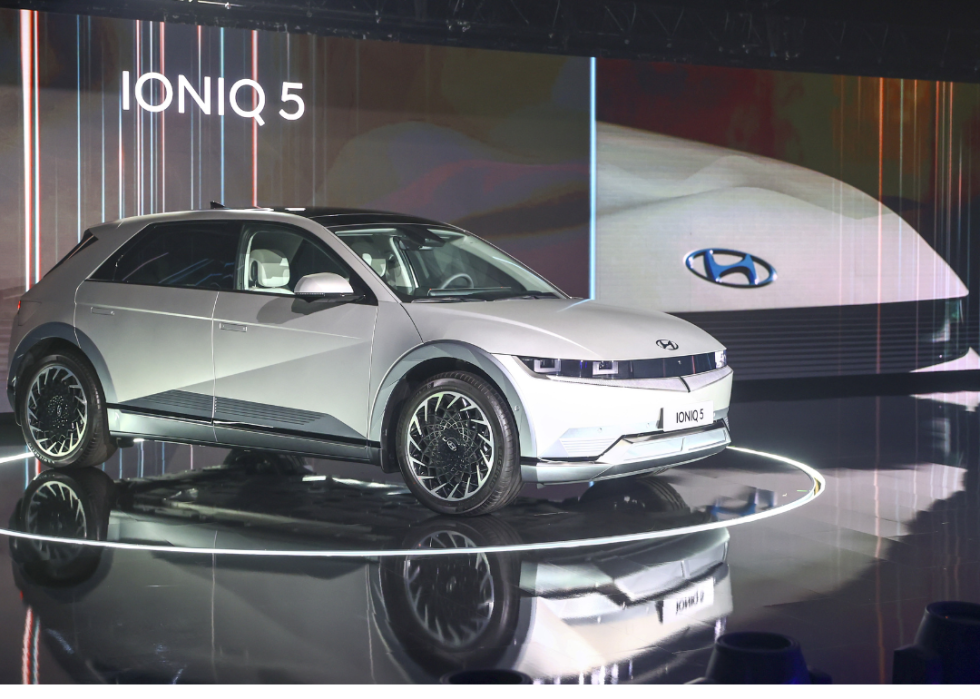
4. Hyundai Motors
Hyundai and its sister company, Kia, are South Korean automakers that have made big strides in the EV world in recent years. They started with the Hyundai Kona Electric and the Kia Niro EV, which were electric versions of existing gas-powered vehicles. Both compacts catapulted to the top of Edmunds' EV SUV rankings. The automakers' next pair of electric SUVs, the Hyundai Ioniq 5 and the Kia EV6, made a splash with, respectively, their retro and futuristic styling. The Ioniq 5 was recently named the Edmunds Top Rated Electric SUV, and the lineup is growing with the debut of the Ioniq 6 sedan. Later this year, Kia is set to launch its EV9, an electric three-row SUV with a targeted range of upward of 300 miles.
Genesis, Hyundai's luxury brand, is also getting into the electric car business. It started with the GV60, a small performance-oriented SUV, before launching two electric versions of gas-powered vehicles: the Electrified GV70 compact SUV and the Electrified G80 midsize sedan.
These EVs are all a part of Hyundai's electrification strategy and Kia's PlanS strategy. Both aim to significantly grow Hyundai's and Kia's electric vehicle lineup, sales and market share by the end of this decade.
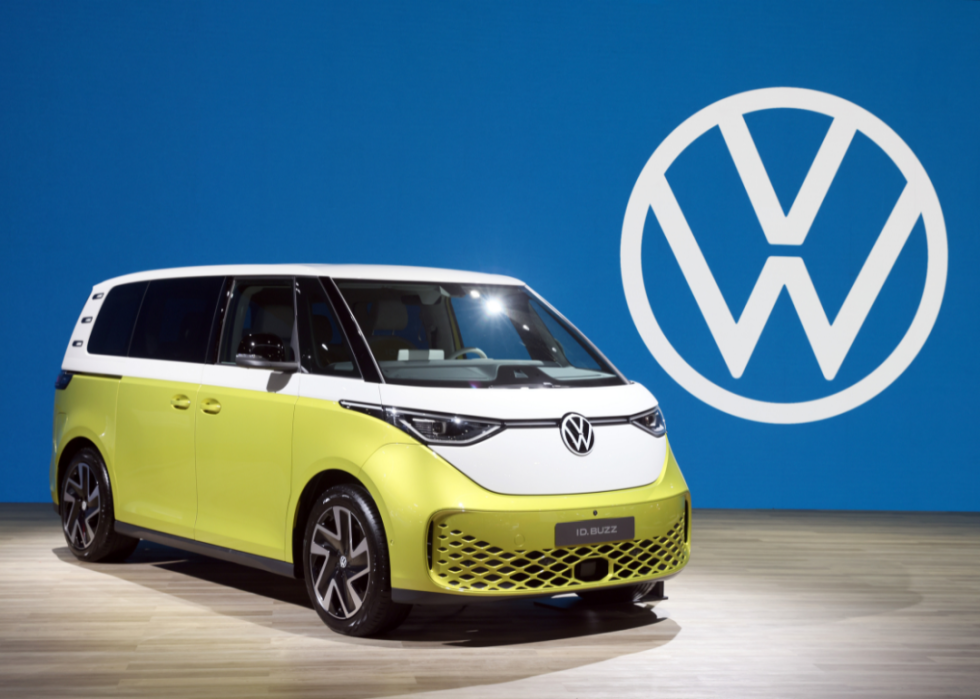
5. Volkswagen Group
After a brief experimentation with the e-Golf (an electric version of the Golf compact hatchback), Volkswagen designed an electric vehicle from the ground up. Its new ID sub-brand started with the European-only ID.3, but here in the States, we got the larger ID.4 compact SUV. In 2024 will be the debut of the ID. Buzz electric van, with retro styling inspired by the old VW Bus. Soon after comes the ID.7 electric sedan. In addition to having more electric vehicles in its lineup, Volkswagen seeks to have a greater emphasis on software integration, as part of its Accelerate strategy.
Audi, Volkswagen's luxury brand, offers a solid yet somewhat confusing selection of electric vehicles to choose from. Starting from the low end, there's the Q4 e-tron compact SUV and its Sportback variant, which share a platform and powertrains with the VW ID.4. Next is the larger Q8 e-tron SUV, formerly known as the Audi e-tron. It too has a Sportback variant, with a Q8 Sportback on the way soon. Finally, there's the ultra-luxury e-tron GT sedan and its high-performance variant, the RS e-tron GT.
Porsche has one electric vehicle, the Taycan, with a few variants under the Taycan name. The standard Taycan is a sleek sedan and, like any Porsche, comes in a multitude of trims — including popular 4S, GTS and Turbo models — with different power levels and performance. The Taycan Cross Turismo is a wagon version with added cargo space. It too is available in 4S and Turbo versions. Finally, there's the Sport Turismo GTS, which offers a lowered ride height and provides a midpoint between the Cross Turismo 4S and Turbo.
Bentley and Lamborghini, which also belong to Volkswagen Group, are both planning EVs, though no production vehicles have been revealed yet.
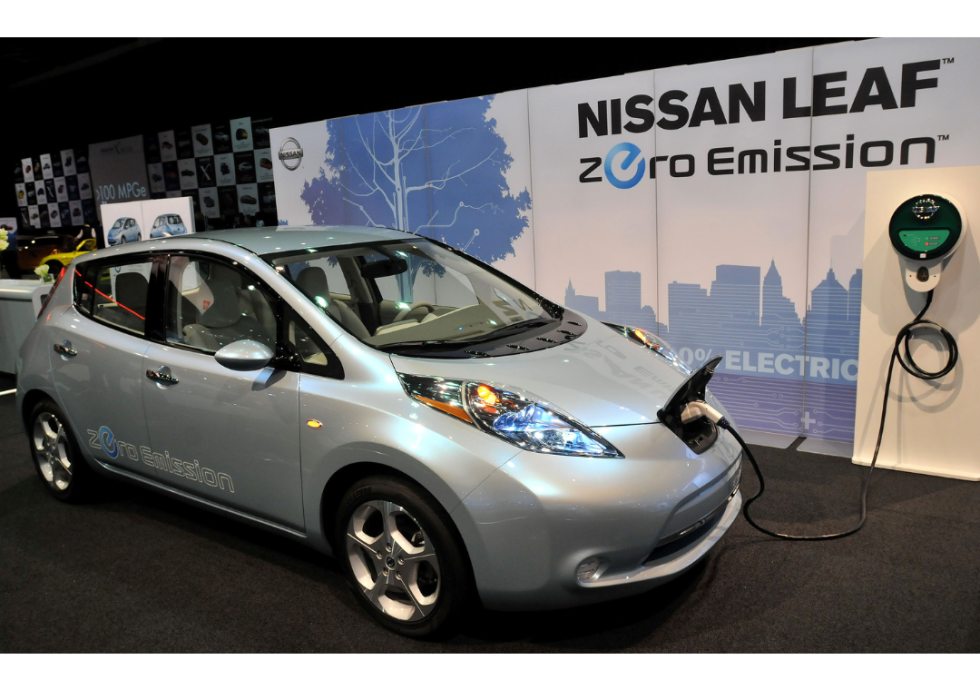
6. Nissan
Nissan was one of the first automakers to usher in the new era of modern and affordable electric vehicles. It started back in 2011, with the debut of the Nissan Leaf, a small hatchback with quirky styling and a range of about 100 miles. The current Leaf has an estimated range of 149 miles in the base Leaf S trim and up to 215 miles in the higher Leaf SV Plus trim. The automaker's second electric vehicle, the Nissan Ariya compact SUV, offers more range, room, tech, and performance in exchange for a much higher price tag compared to the Leaf. It competes with vehicles such as the Ford Mustang Mach-E and the Hyundai Ioniq 5.
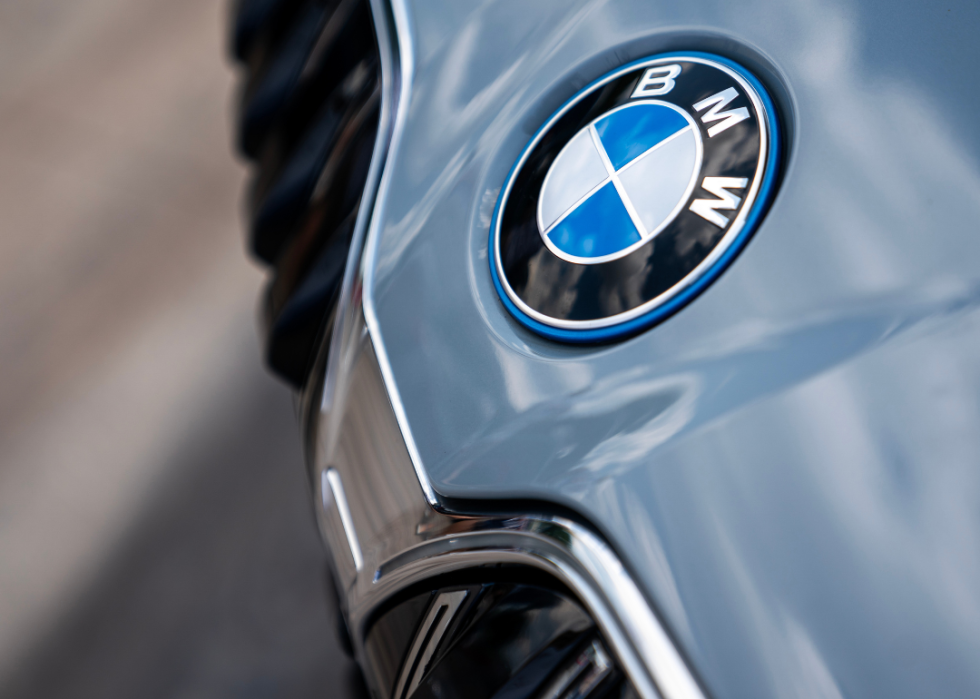
7. BMW
BMW's i models denote its electrified-only vehicles. The brand first produced electrified cars in the form of the compact i3 hatchback (available as a pure EV or with a two-cylinder gasoline range-extender) and the sleek i8 plug-in hybrid sports car. In BMW's current lineup, however, you'll find the EV-only i4 compact sedan, the i7 executive sedan and the iX midsize SUV. These newer models are loaded with technology, including the latest version of BMW's iDrive operating system.
BMW also offers plug-in hybrid (PHEV) versions of many of its major models. The impressive lineup of so-called electrified vehicles is part of the company's Power of Choice global strategy, which seeks to offer a variety of vehicles to fit customers' needs.
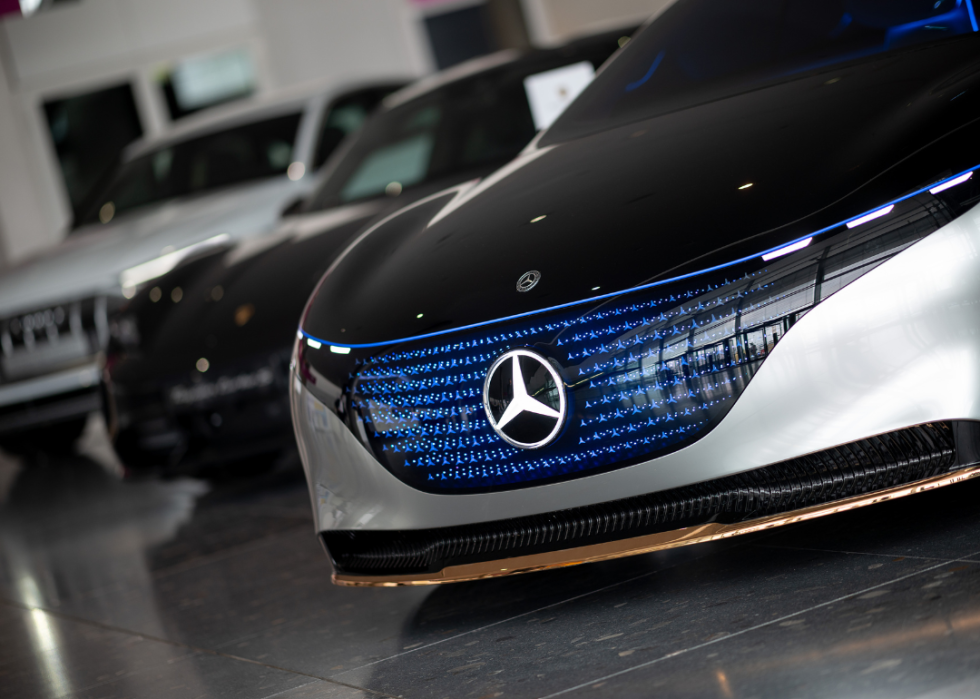
8. Mercedes-Benz
Mercedes-Benz entered the era of modern electric vehicles with the debut of the B-Class Electric in 2014. This van-like hatchback was adapted from the overseas-only B-Class and only offered about 100 miles of range. However, the company's first vehicle designed to be an EV from the ground up was the EQS large sedan. Mercedes uses a naming structure similar to the one for its gas-powered vehicles but with the addition of the letters "EQ" in front, so the EQS is roughly equivalent in size and price to the S-Class, though the two vehicles are highly differentiated. On the low end of the range, you'll find the EQB, a small SUV, which is the only vehicle in the EQ lineup that is essentially an electric version of a gas car (in this case, the GLB). Next, there's the EQE sedan, which serves as the equivalent of an E-Class. The sport-utility version of the EQE is the EQE SUV. Finally, there's the aforementioned EQS, and its crossover variant, the EQS SUV. Mercedes EVs have a wide cruising range, anywhere from about 240 miles to upward of 400 miles, according to Edmunds' real-life range test.
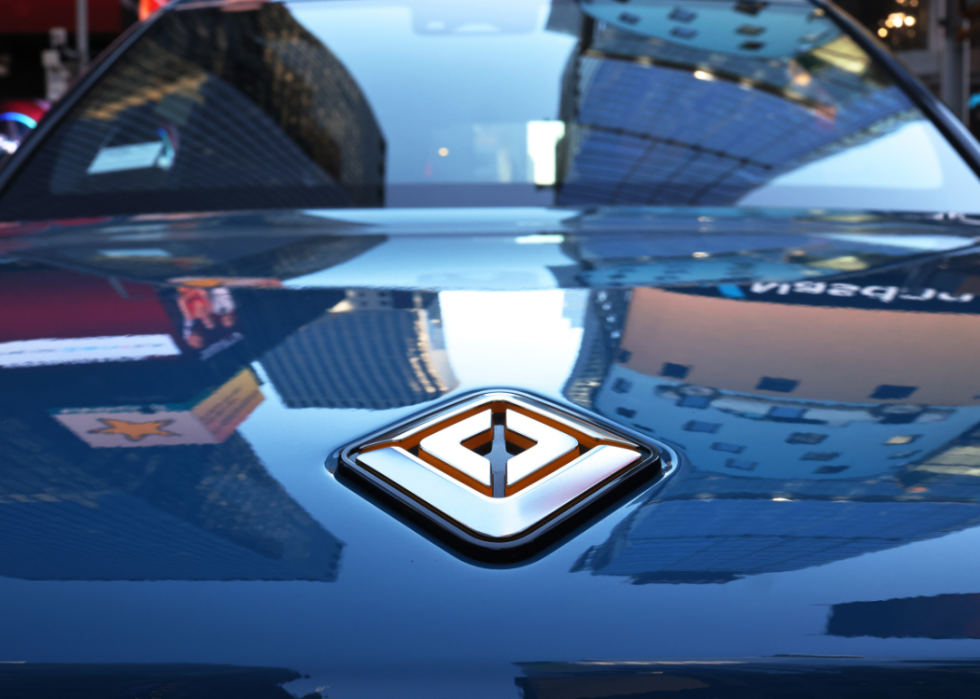
9. Rivian Automotive
Rivian is a California-based automaker with a factory in Illinois. It currently offers two vehicles, the R1T, an all-electric pickup truck, and the R1S, an SUV variant. The R1T was one of the first all-electric pickup trucks available, followed by the larger Ford F-150 Lightning. In 2022, the R1T was awarded Edmunds' Top Rated Editors' Choice award.
Amazon is a major investor in Rivian, and in 2019, both parties struck a deal for Rivian to produce about 100,000 electric delivery vans (EDVs) for the e-commerce giant. That same year, Ford invested $500 million in Rivian and they announced they would partner to develop an EV for the Lincoln brand. In 2021, Ford announced that it was backing out of the deal and would go it alone. Rivian is also currently in talks to back out of the Amazon deal after the e-tailer purchased fewer vans than expected.
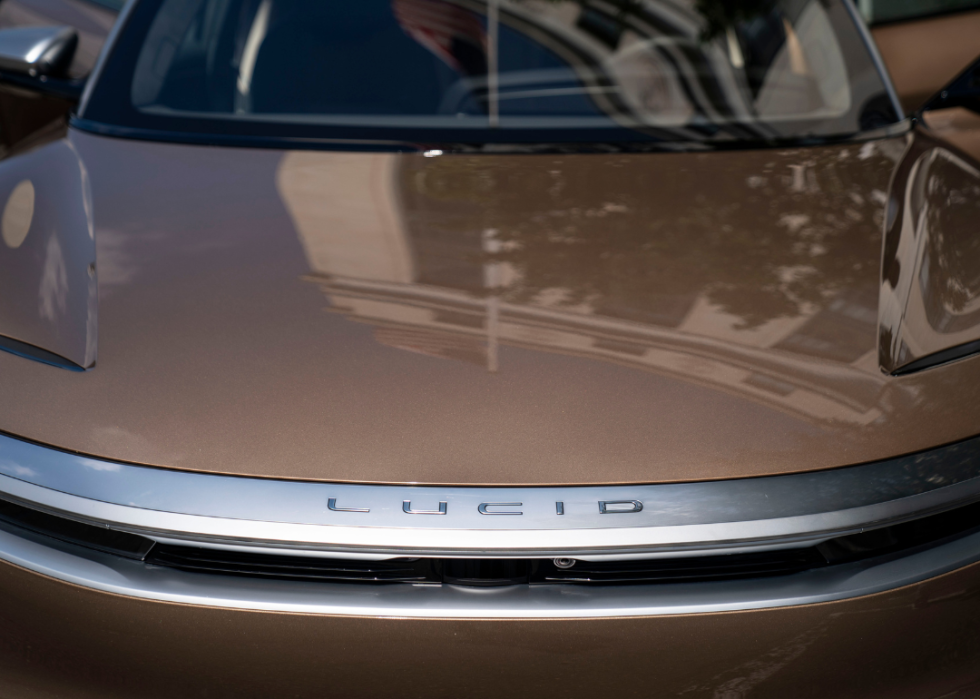
10. Lucid Motors
Lucid is a U.S.-based company with a factory in Arizona. It is a relatively new automaker and has made a big impact with its high-end luxury electric vehicle, the Lucid Air. The Air is a large sedan that competes with the Tesla Model S. There are several trim levels available, and each is distinguished in terms of performance, range, and features. Depending on the configuration you order, the Air can come with a 1,050-horsepower dual-motor setup with supercar-like acceleration or can travel upward of 500 miles on a single charge. These vehicles are not inexpensive. At the time of writing, the Air starts at around $87,000 for the Pure trim and can skyrocket to $250,000 for the upcoming 1,200-hp high-performance Sapphire version. The long-range Grand Touring trim sits in the middle of the range and starts at about $138,000.
Honorable mentions
The car companies above aren't the only ones producing electric cars. But not all of them have had the same impact or variety in their lineup. Toyota, for example, is one of the biggest automotive companies in the world, but its first vehicle designed to be a pure EV — the oddly named bZ4X — arrived late to the party and didn't bring much new to the table. It is a similar story with Lexus and its RZ 450e, which looks, feels, and drives nicely but has a range that isn't competitive with other EVs at its price point.
Subaru jointly developed its first EV, the Solterra, with Toyota. And while it offers solid off-road performance for an EV, it suffers from the same issues as its Toyota cousin: mediocre range and a polarizing driving position.
Volvo has offered several plug-in hybrid vehicles in recent years, but its first all-electric vehicle was the XC40 Recharge, a subcompact luxury SUV. Next was the Volvo C40 Recharge, a variant of the XC40 with a sloped rear roofline. These sibling EVs give a great first impression, but the C40 suffers from poor rearward visibility and both have EPA-estimated ranges that are low relative to their competition. Late in 2023, Volvo will launch the EX90, a three-row luxury electric SUV with an estimated range of about 300 miles.
Polestar was once a company that modified and produced high-performance Volvos but has since been spun off into its own electrified company with unique vehicles. The first vehicle produced was the Polestar 1, a handsomely styled plug-in hybrid coupe that had a short two-year lifespan. Polestar's more mainstream model is the Polestar 2, a small liftback sedan that competes with the Tesla Model 3. But a high starting price relative to its competition and a less efficient EV motor hold the Polestar 2 back from making it to our main list. Later in 2023, Polestar will launch its Polestar 3, the brand's first SUV, which looks to compete with the Tesla Model Y.
Mini, part of the BMW Group, began testing its Mini E in 2009. The first all-electric Mini Cooper was available as a lease-only vehicle and sold in small numbers. Roughly a decade later, the British brand launched the Mini Cooper SE, an all-electric version of the third-generation Mini Cooper two-door Hardtop. But while the Mini Cooper SE matched the fun-to-drive nature of the Mini brand, its low range and lack of utility for larger families held it back from reaching a higher tier in our rankings.
This story was produced by Edmunds and reviewed and distributed by Stacker Media.



